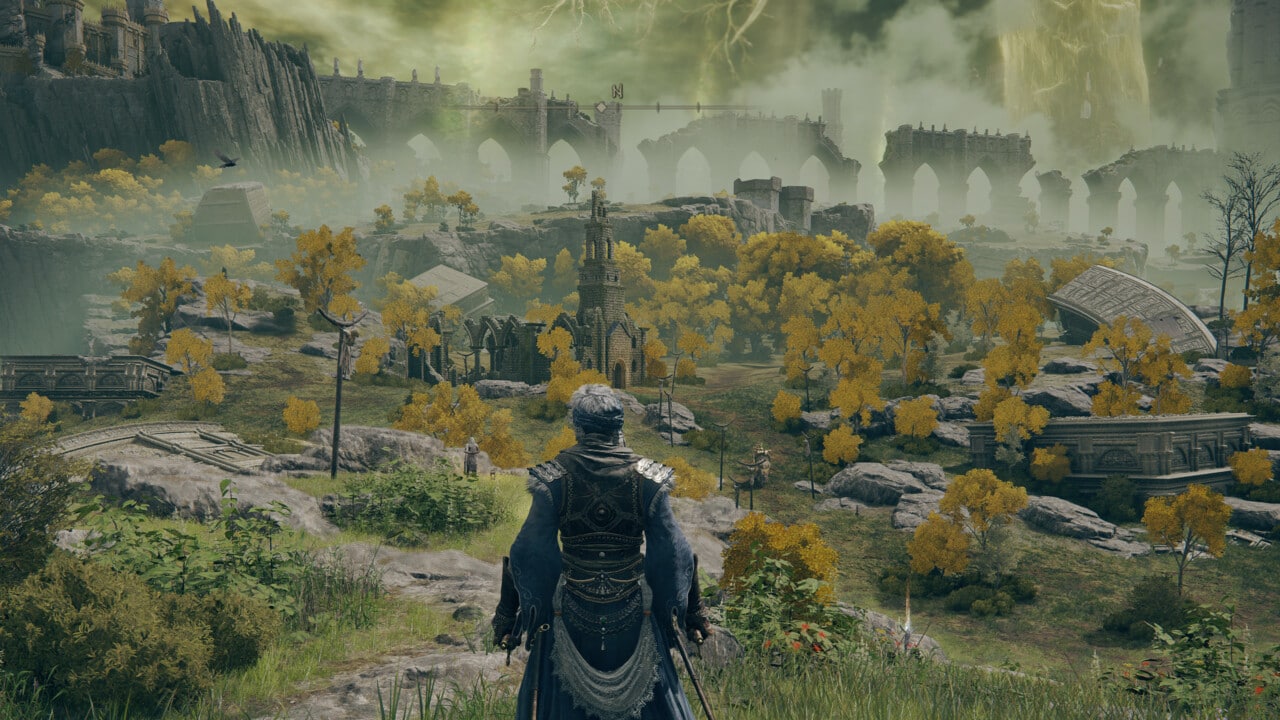Elden Ring in the technology test – ComputerBase
: Test |CUP | Specs |Config
After a long wait, From Software’s Elden Ring is out. ComputerBase looked at the PC technology of the Soulslike game with many benchmarks. It turns out that even if the FPS limit of 60 FPS is reached, it’s the stuttering caused by framepacing and shader caching at the start that annoys the most.
Updated 03/02/2022 4:23 p.m
PC gamers have been waiting for Elden Ring for a long time, and now the game from Dark Souls developer From Software has finally arrived. The interest in the Soulslike game (of course!) is huge, on Steam the mark of 500,000 simultaneously active players was easily exceeded at the start. At the same time, the press ratings are incredibly high, the Metacritic score is a whopping 95 points (PS5 even 97). Is Elden Ring that good? And what about technology in particular?
The technology doesn’t match the actual game
Can technology keep up with the game? The answer should be right at the beginning: No! The reason for this is explained below.
The “criticism” of the technology starts with the graphics. Elden Ring looks decent, but the look isn’t more than average. The game manages to create a very dense atmosphere, which is particularly due to the mood lighting. Apart from that, it’s just mediocre. Animations, level of detail, vegetation, foresight: nothing stands out particularly positively or negatively. On the other hand, the aggressively working level of detail (LOD) is annoying, as it constantly lets objects, preferably vegetation, appear out of nowhere in front of the player.
From Software has implemented Elden Ring with an in-house engine that also powered Dark Souls 3, for example. DirectX 12 is used as an exclusive API. However, modern features such as ray tracing are not available, the same applies to AMD FSR and Nvidia DLSS. Ray tracing should make it into the game later. There is no date as yet.
There is no more than 60 FPS. No matter how.
On the PC, Elden Ring offers an annoying limitation: More than 60 FPS are not supported, the game consistently forces 60 Hz including VSync. And at the latest in times of many 144 Hz monitors or even higher refresh rates, this is not only annoying, but also incomprehensible. A modern title should simply be ported to the PC in such a way that higher frame rates than 60 FPS are possible without any problems. The days when higher FPS can cause problems should be over in 2022.
There’s also no easy way to disable the 60fps cap, as there is in some games just by making the display act faster. In Elden Ring it is apparently more deeply rooted, a modifiable configuration file is missing. Although there is already a first tool that removes the brakes, this technology test does not go that far.
The Elden Ring graphics menu on the PC only runs the minimum program, there are no more than graphic presets and individual graphic options. Well, an FPS limiter is not necessary with a maximum of 60 frames per second, but apart from that there are no comfort functions. For example, there is no upsampling or downsampling. There are also no example screenshots or descriptions of the individual functions.
The Elden Ring graphics menu
Bild 1 von 2
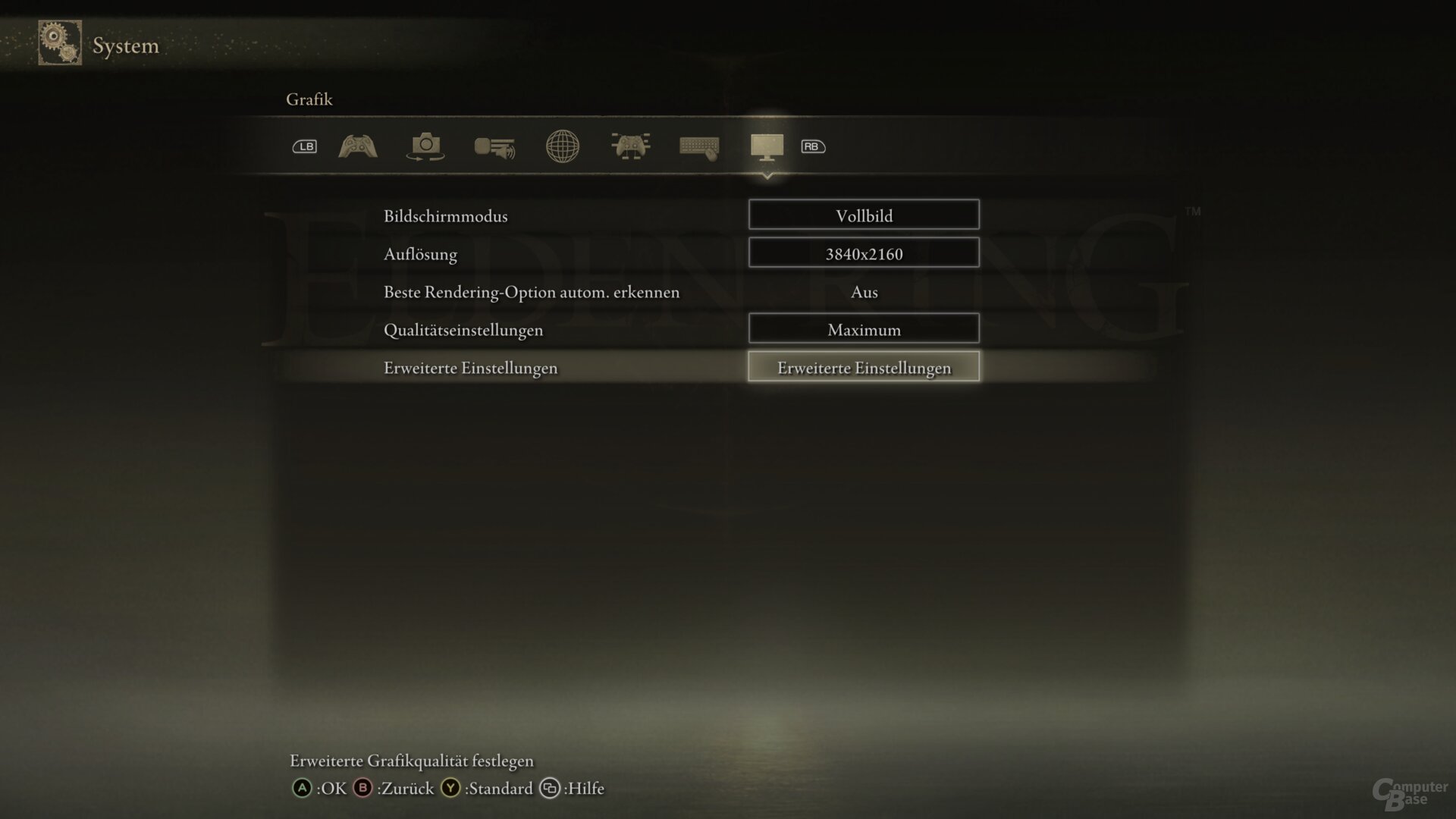
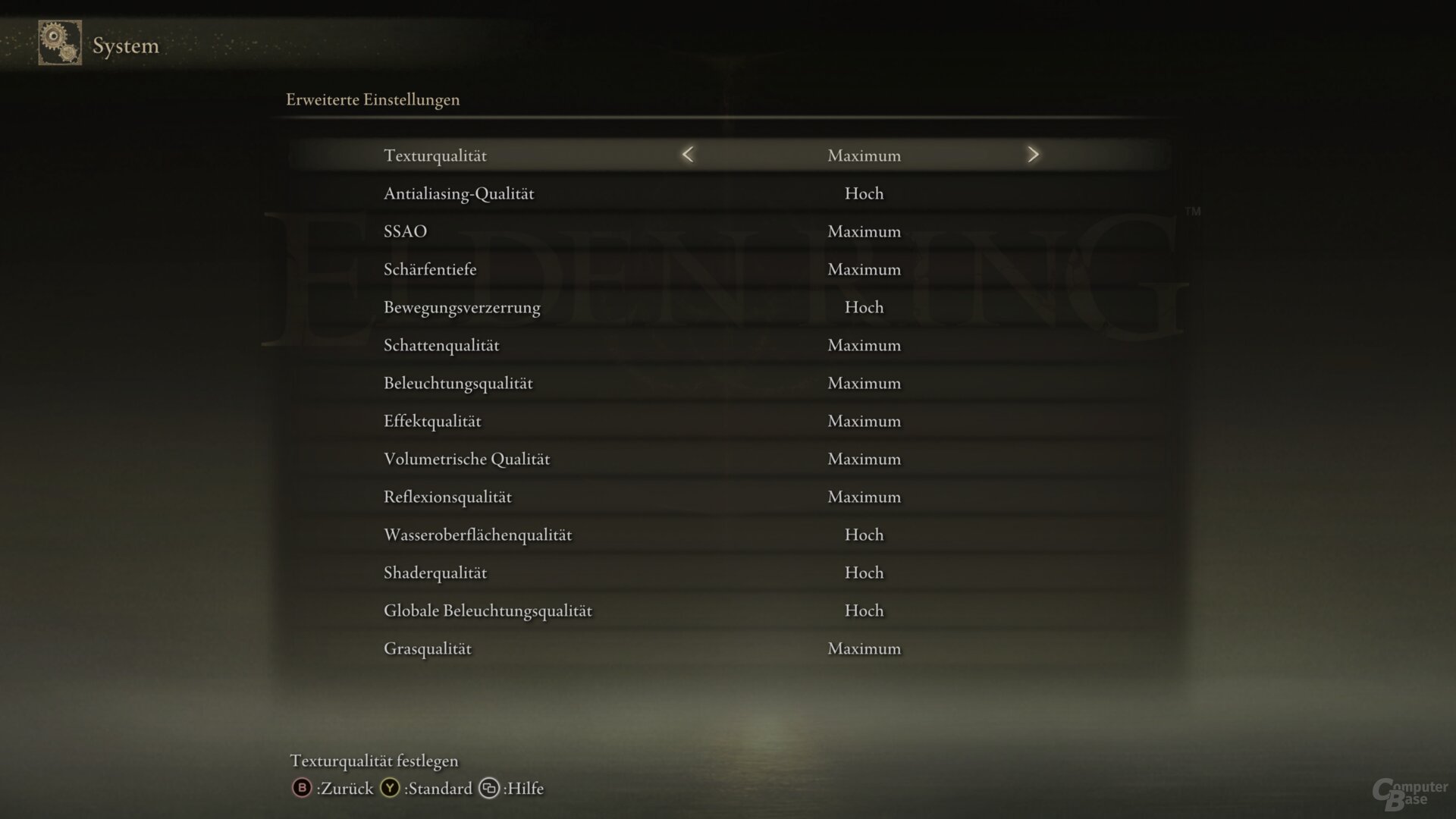
Four graphic presets with minor differences
With “Maximum”, “High”, “Medium” and “Low” Elden Ring offers four different graphic presets, whereby “Maximum” also represents the full graphic details. The optical difference between “Maximum” and “High” is small in pictures, you almost have to look for it with a magnifying glass. At “High” a few objects no longer show any ambient occlusion, whereby this primarily affects vegetation. In motion, however, flickering shadows are sometimes noticeable, which have not yet been seen with the maximum preset.
Significantly more graphics quality is then lost with the middle preset. The main difference is again primarily the ambient occlusion, which appears to be almost completely disabled, making the graphics appear fairly flat. Apart from that, the texture sharpness is visibly reduced, otherwise there are hardly any differences in the picture. What the pictures hide and the real problem with “Medium” is: The shadows are out of control. The flickering shadows that occasionally appear with the high setting are constant with “medium”, so that they almost look like a graphic error. This means that the middle preset cannot be used unless the shadow quality is turned up again manually.
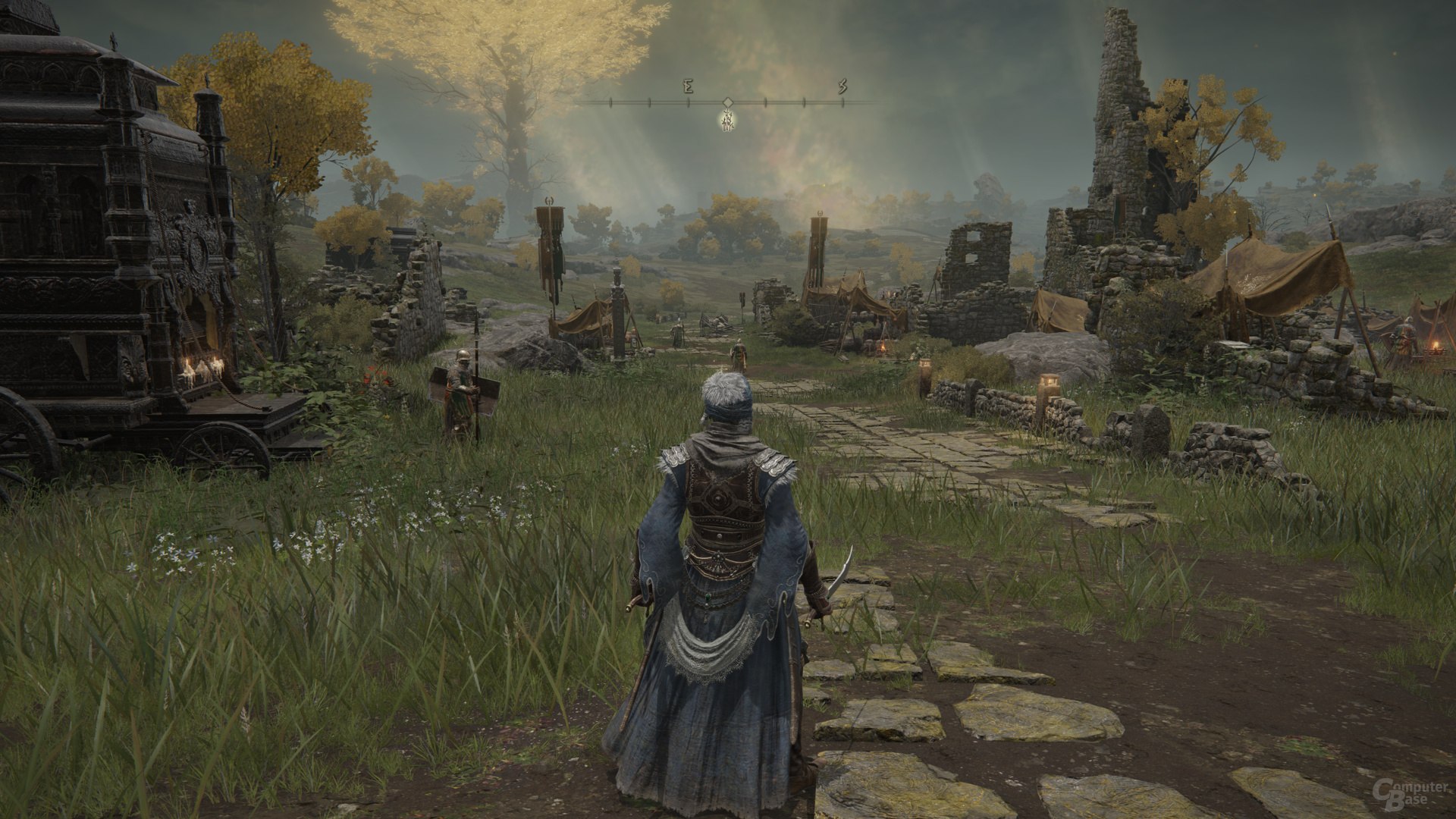
Maximum-Preset
Bild 1 von 4

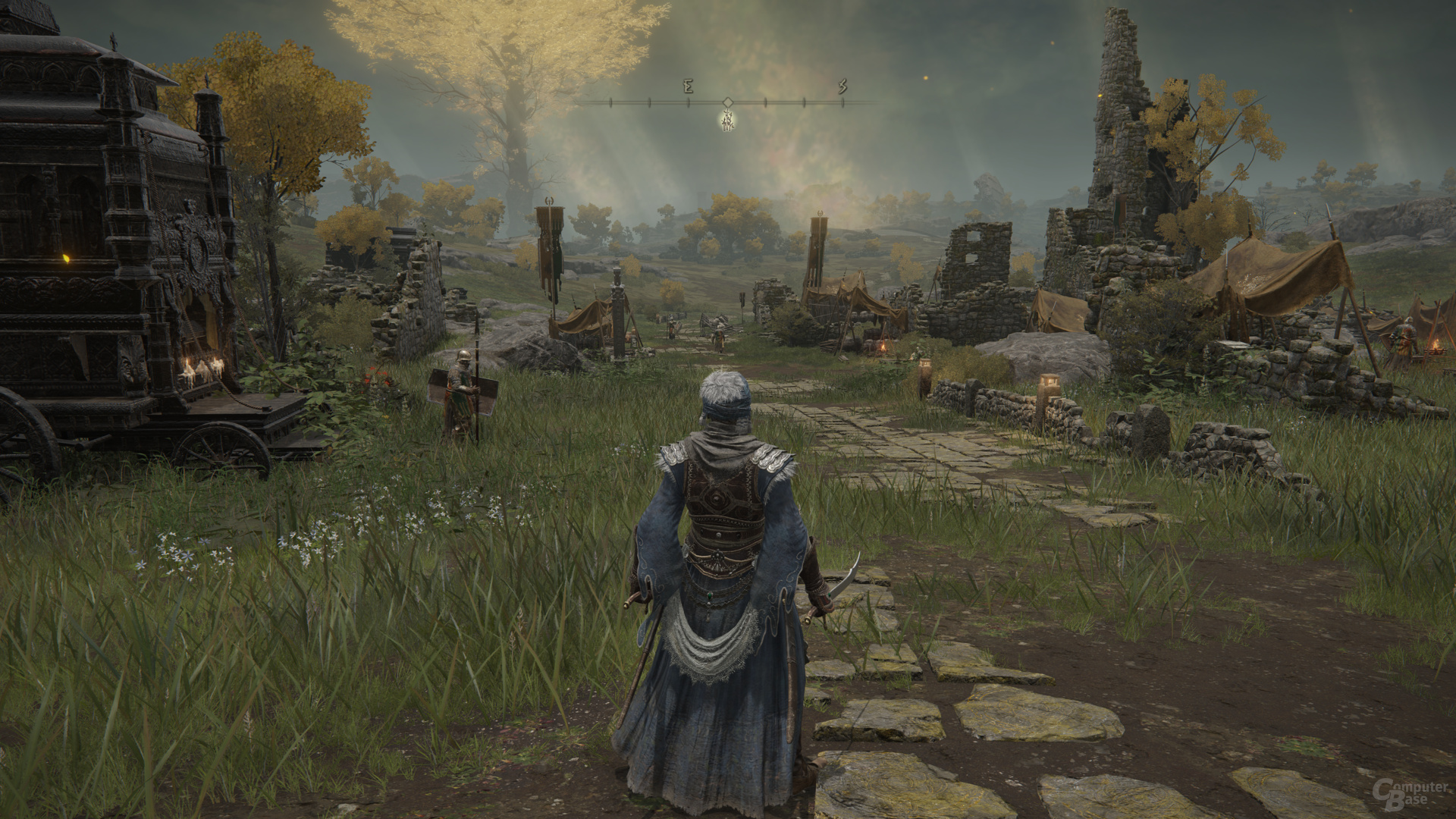
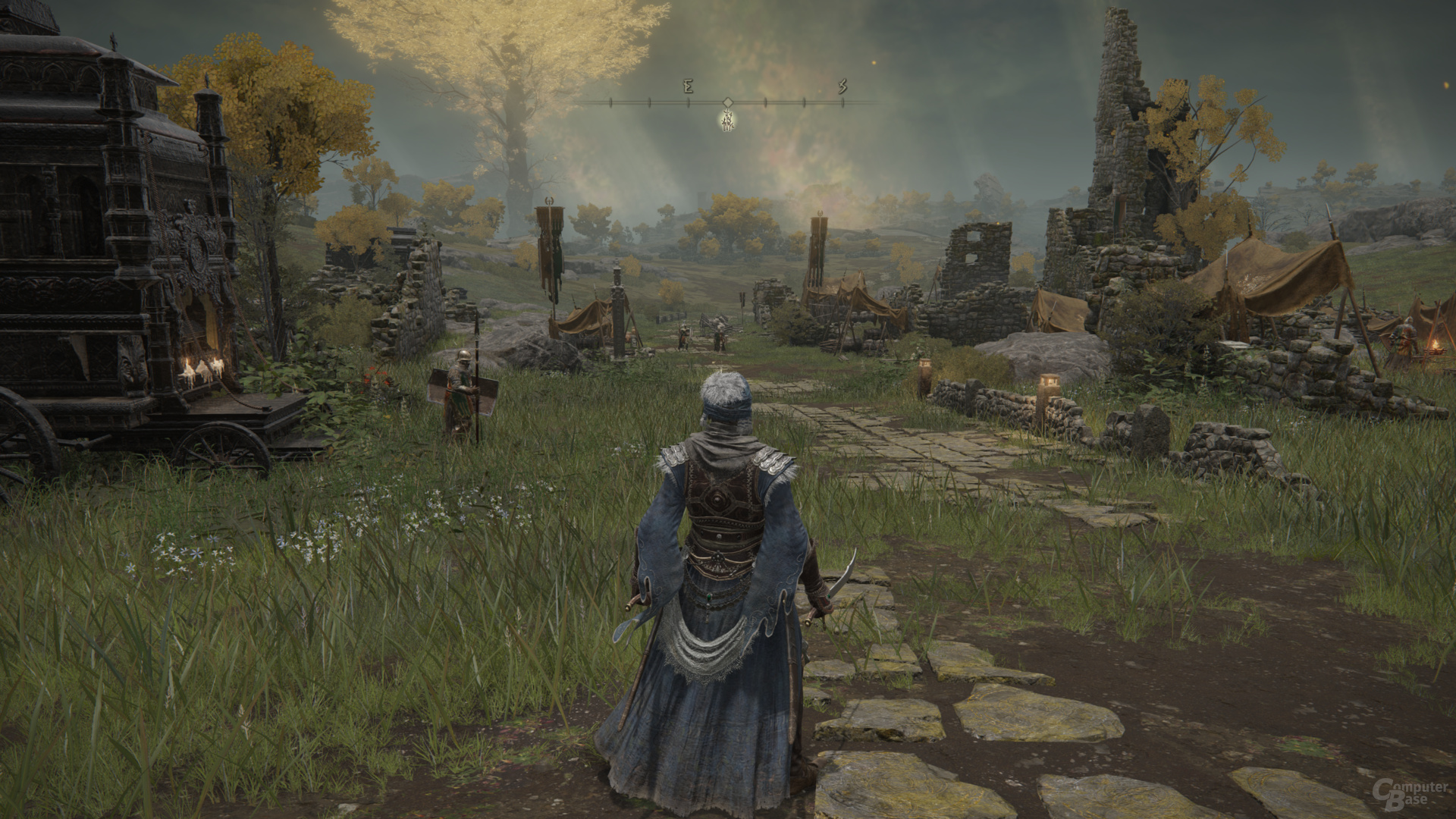
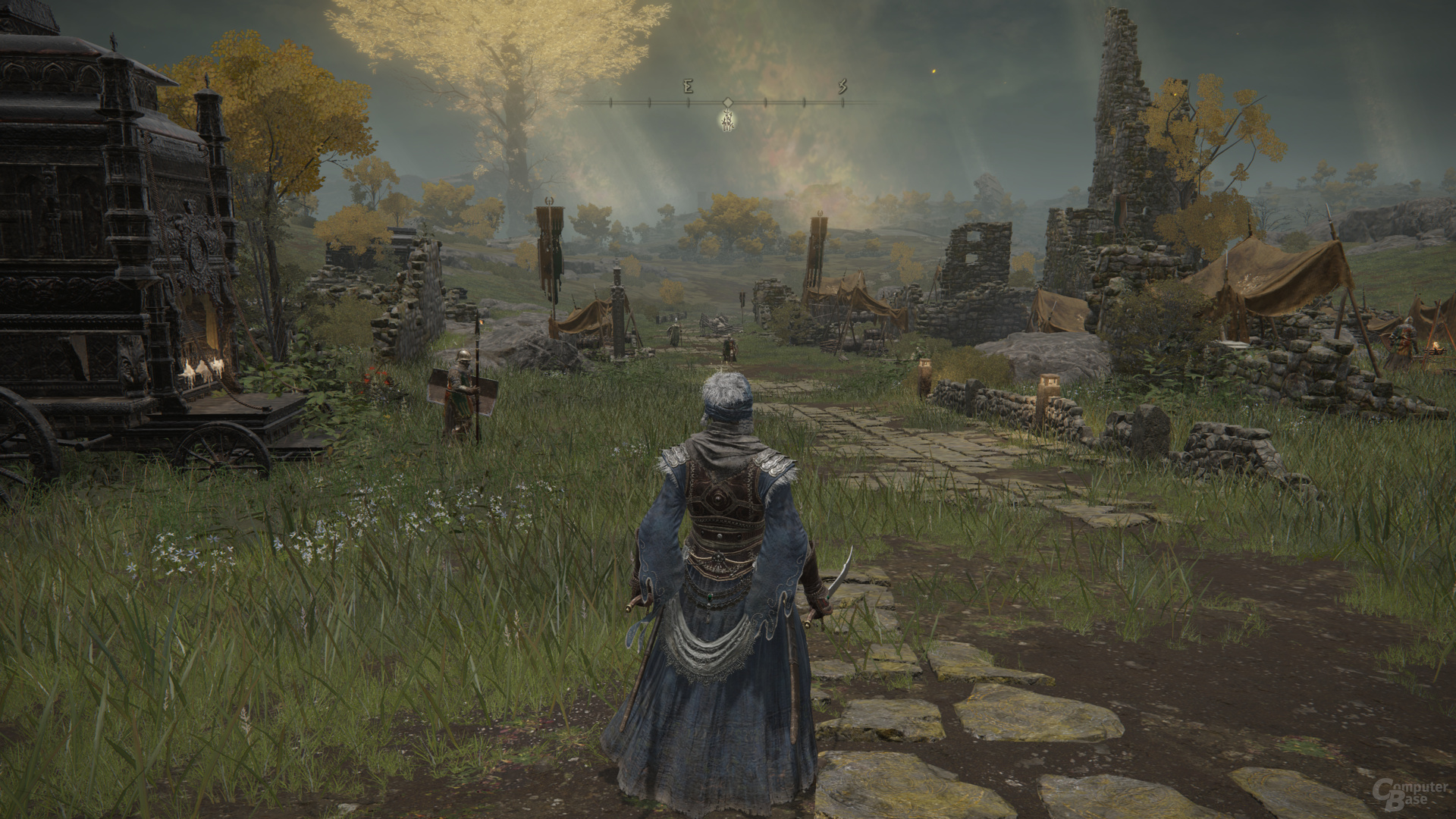
The texture sharpness then suffers again with the low preset, and surface details are also lost. The flickering shadows top it off again, but that doesn’t matter anymore.
Below average tuning potential
The tuning potential of Elden Ring is below average. The high instead of the maximum detail level does not bring much performance, the GeForce RTX 3060 then increases by 13 percent, the Radeon RX 6600 XT by 12 percent. Switching to the middle preset brings a comparable step, with which the Nvidia graphics card increases by a further 14 percent and the AMD counterpart by 15 percent.
However, it should be borne in mind that the shadows look very bad from the medium graphics level. Increasing the shadow quality also reduces the performance gain. The low preset then brings a higher boost of 25 or 20 percent.
The FPS jumps shown make it clear that the frame rate in Elden Ring can only be increased to a limited extent through the graphic presets – at least not without massively reducing the image quality.





